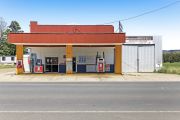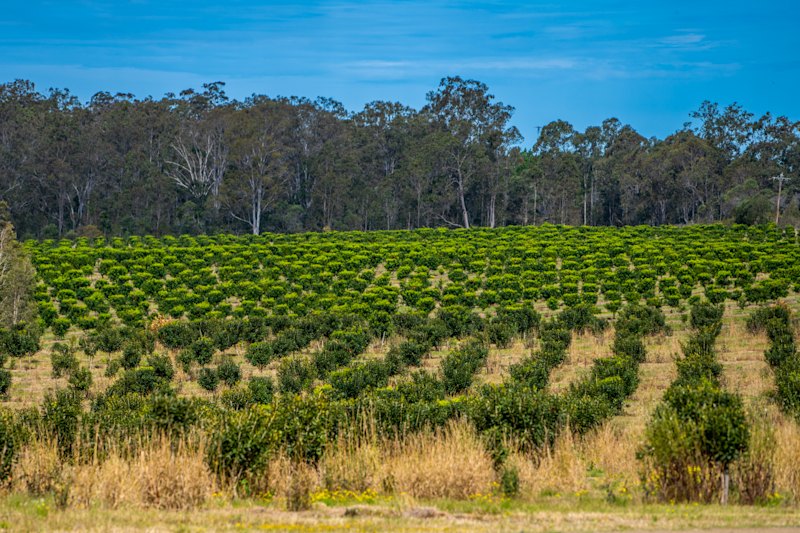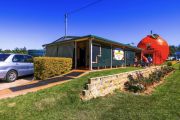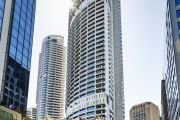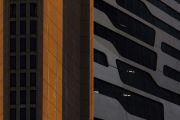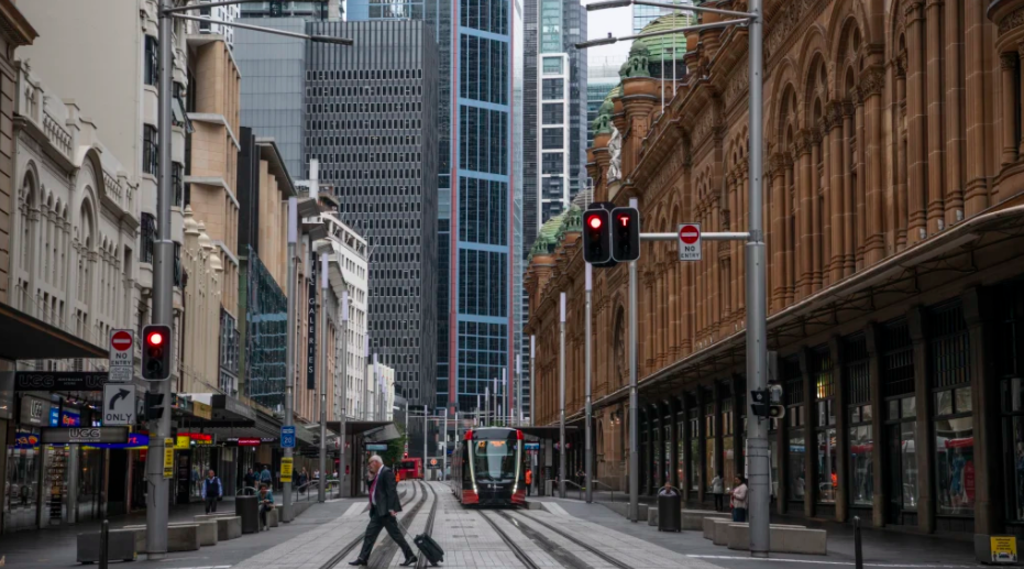
Workers trickle back to offices but CBDs remain critically underpopulated
Workers started to flock back to their offices in March 2022, more than doubling the office occupancy rate in the CBDs of Melbourne, Sydney and Canberra, the three capital cities worst hit by COVID-19 lockdowns.
Despite the rises, Melbourne is still only notching up a measly 32 per cent occupancy rate, Sydney 41 per cent and Canberra 45 per cent. As a result, there are many pockets of those centres that are critically underpopulated.
“There is still a long way to go, but it has been a pretty ordinary month with some terrible weather up the east coast and the impacts of Omicron continuing,” said Ken Morrison, chief executive of the Property Council of Australia (PCA), which has just released the latest figures. “It certainly hasn’t been the month we had hoped for in terms of having a free run at this.
“But there is momentum there. Many businesses only opened their offices at the start of March and many companies are attracting staff back. They want to invest in culture and allow younger staff to learn from their colleagues and win business, and they realise that face-to-face is more powerful than remote relationships.”
The new PCA survey found that the occupancy rate in Melbourne’s CBD is still the lowest in the country but leapt up from just 15 per cent in February 2022 and a mere 4 per cent the month before.
In Sydney, the February occupancy rate had been 18 per cent, and January seven per cent. They contrast starkly with the 68 per cent in May 2021, before the Omicron variant hit. In Canberra, it had been 21 per cent in February and the same 7 per cent in January.
Meanwhile, it has been revealed that Adelaide has the highest occupancy rate in Australia, at 61 per cent, up from 47 per cent in February, while Brisbane is at 48 per cent, up from 41 per cent. The only city in which the occupancy rate actually fell in March was Perth, down from 66 per cent in January 2022 and 55 per cent the following month, when the state was effectively sealed off from the rest of the country, to 45 per cent now.
Commercial real estate companies report that demand for office space has picked up, however, as well as the level of inquiries and deals, particularly with some firms wanting to lease bigger areas to take into account the new ways of working, with more collaboration and meeting spaces.
“It’s clear that offices are being used in a different way and there’ll be more flexible and remote working in the future,” said Mr Morrison. “But we are seeing a clear transition now back to the office, and we want to encourage that for the health of the CBD eco-systems and all the other businesses that rely on their custom.”
At Knight Frank Australia, Chris Naughtin, director of research and consulting, agrees that the outlook is fairly optimistic for a mass return to offices.
“We have seen a strong pick-up in the net absorption rate, particularly in Sydney, Canberra and Melbourne,” he said. “We suspect the vacancy rate will start to fall significantly from the second half of the year onwards.
“A contributory factor to the comparatively low occupancy rate is that there are still a lot of people working remotely as a hangover from the Omicron variant, so they couldn’t go back to their office till mid-February. But we believe that a lot of people want to go back to the office, even if it’s for just a few days a week, and the rebound of the economy is helping.”
In Sydney, that recovery is being felt particularly strongly, largely because of the diversity of the CBD business community there, says Colliers’ Cameron Williams, director in charge of office leasing in the Sydney CBD. The city’s wealth of investment banks, private equity firms and law companies are all bringing their staff back to their HQs.
“Other big organisations were so relaxed about people working from home during the pandemic, they’re now having to work harder to bring them back,” said Mr Williams.
“Also, some of the tech companies aren’t insisting on a return to work because it’s a tight employment market and they don’t want to put off talent who might go elsewhere as a result. But the numbers will continue to grow, and we’ll see a similar trend elsewhere in Australia.”
The slowest capital to pick up, Melbourne, which suffered the brunt of lockdowns during the pandemic, is likely to see a quickened pace of returns, believes Tony Landrigan, Colliers’ national director of office leasing, specialising in the city.
“I think Melbourne is going to bounce back really well,” he said. “Victoria has been on and off again during COVID, which has been very detrimental, but in the last couple of weeks most notably, there’s been a lot more activity and vibrancy in the city.
“Once we get over Easter, I think we’ll see a dramatic increase in occupancy rates, especially in some of the better-quality office buildings. We’re already seeing a big uptick in terms of inquiries about properties and inspections and large briefs hitting the market, and now the staff will return too.”
